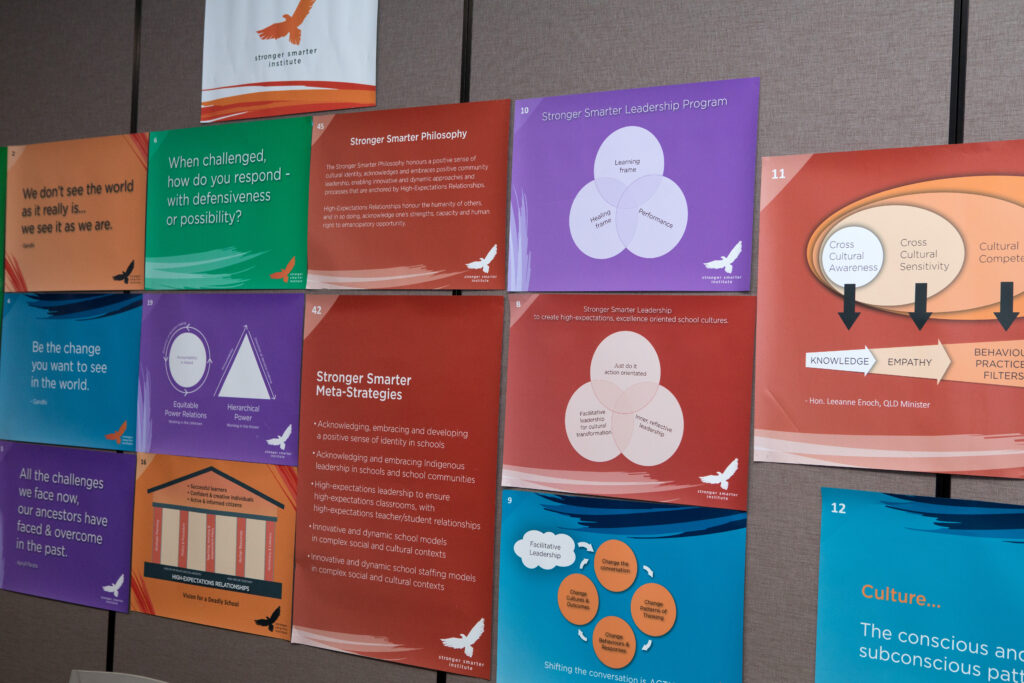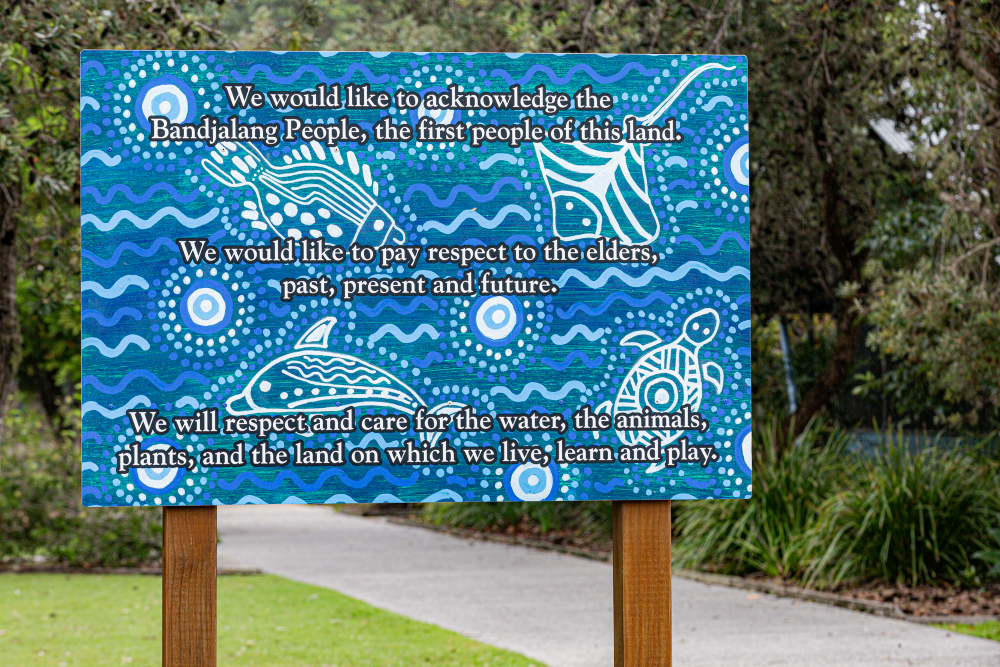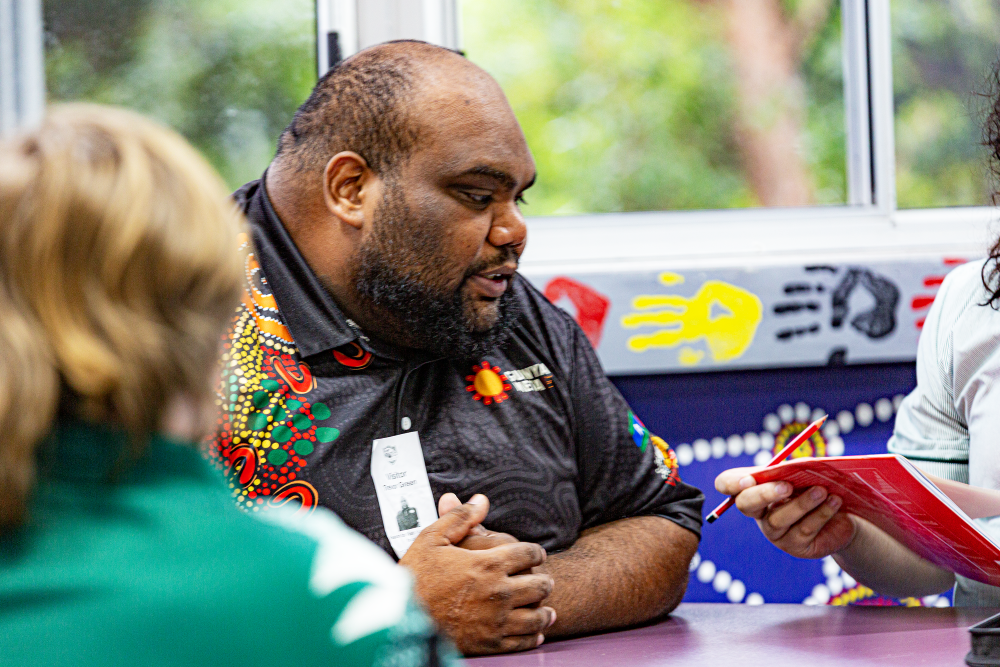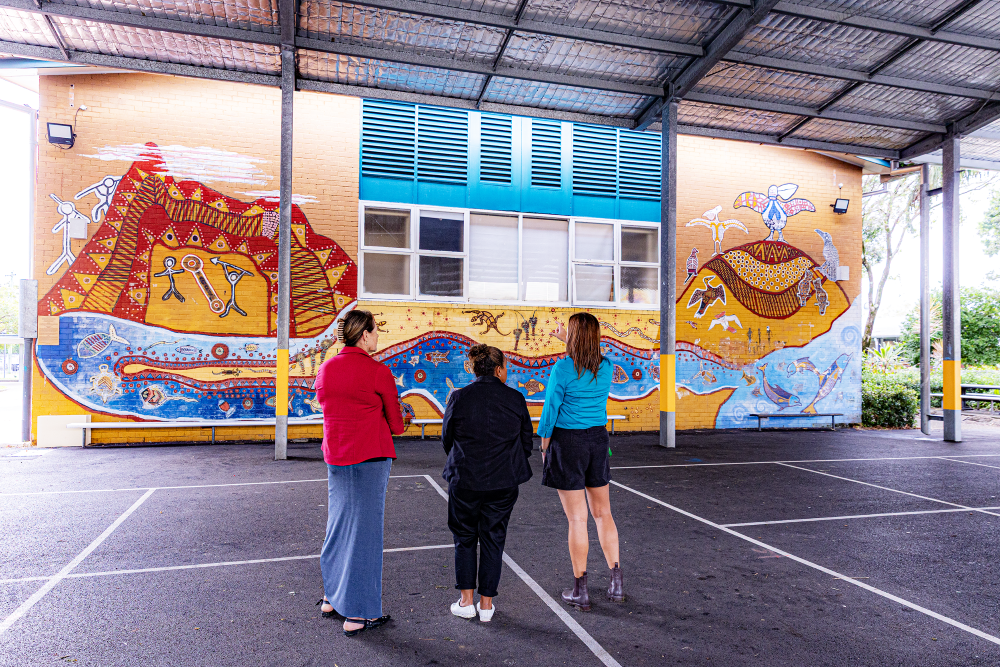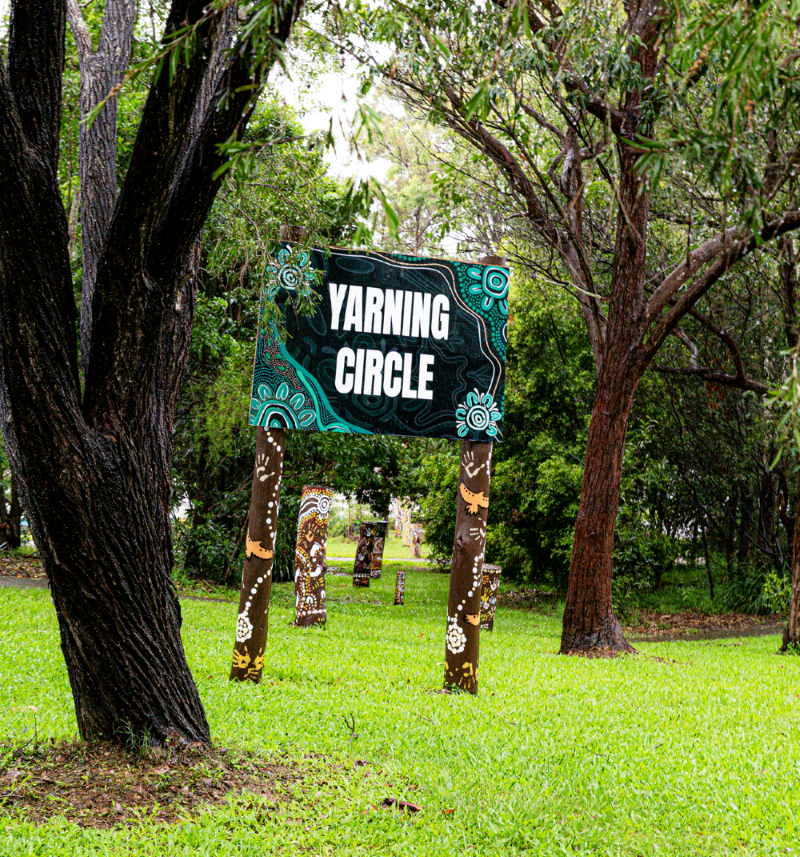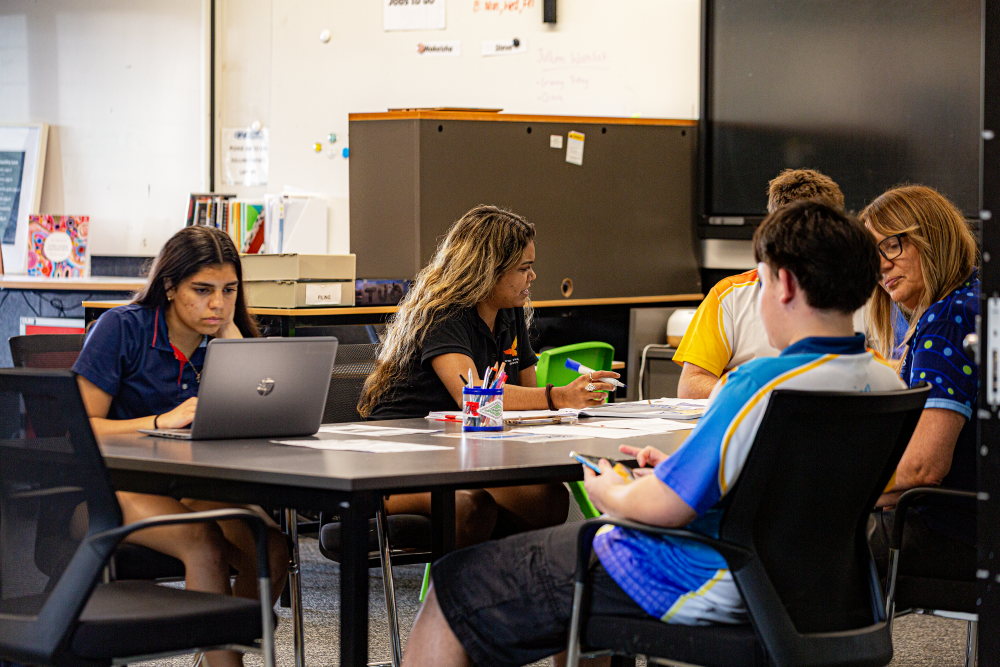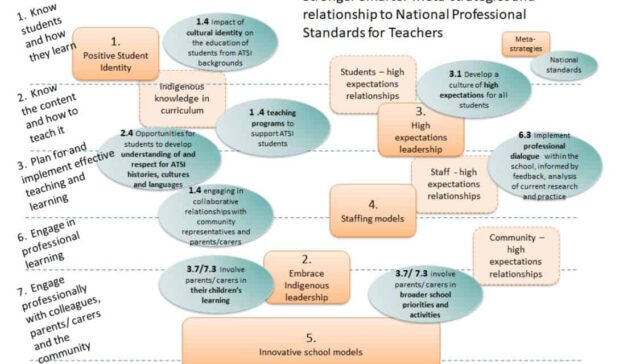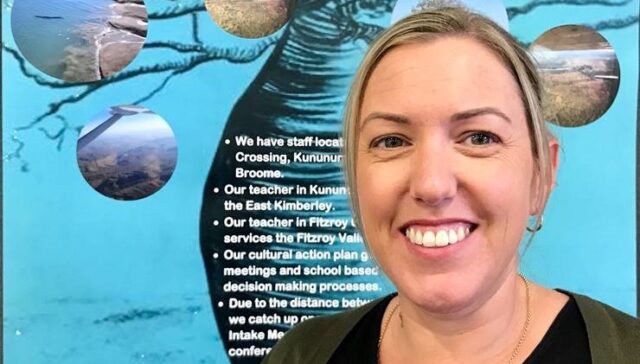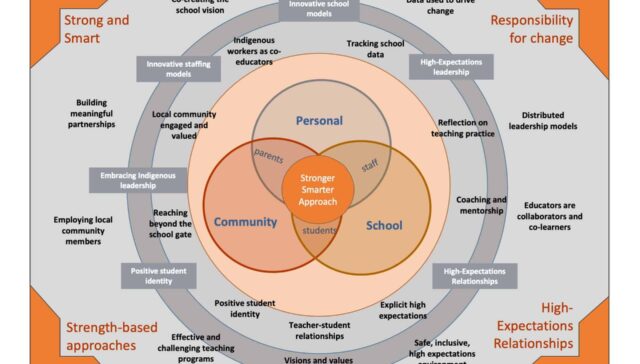
Stronger Smarter Metastrategies
The Stronger Smarter Metastrategies are a set of interconnected, high-level strategies that bring the Stronger Smarter Approach to life. These are strategies that work together to shift mindsets, practices and systems. The Stronger Smarter Metastrategies reimagine what education can be, particularly for First Nations Students.

